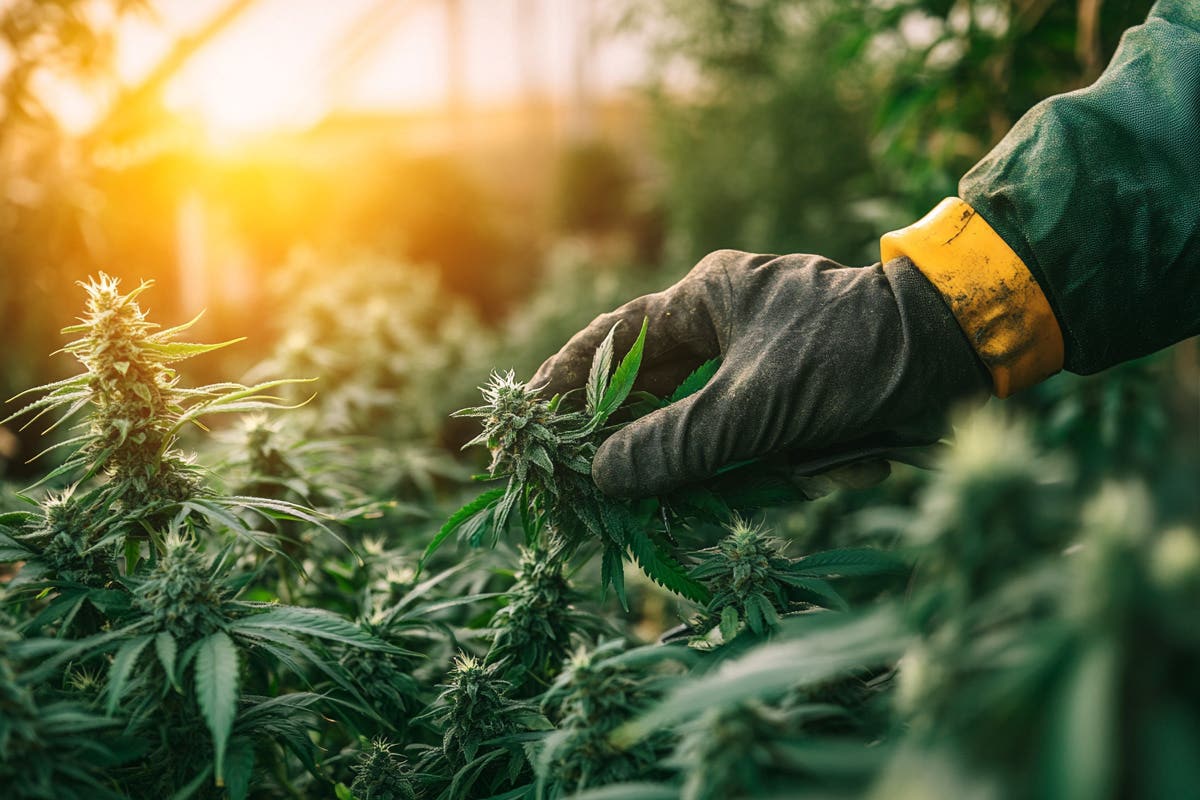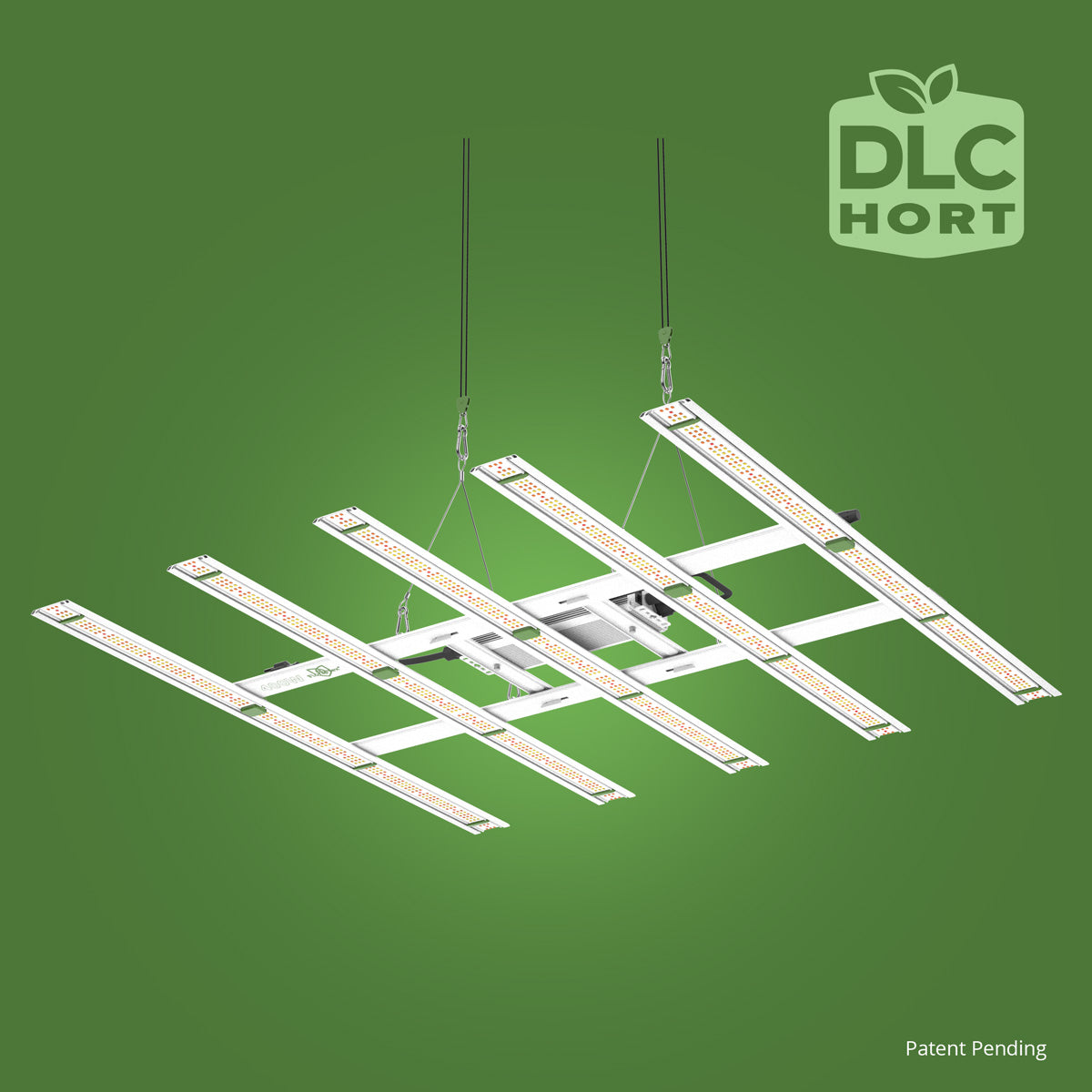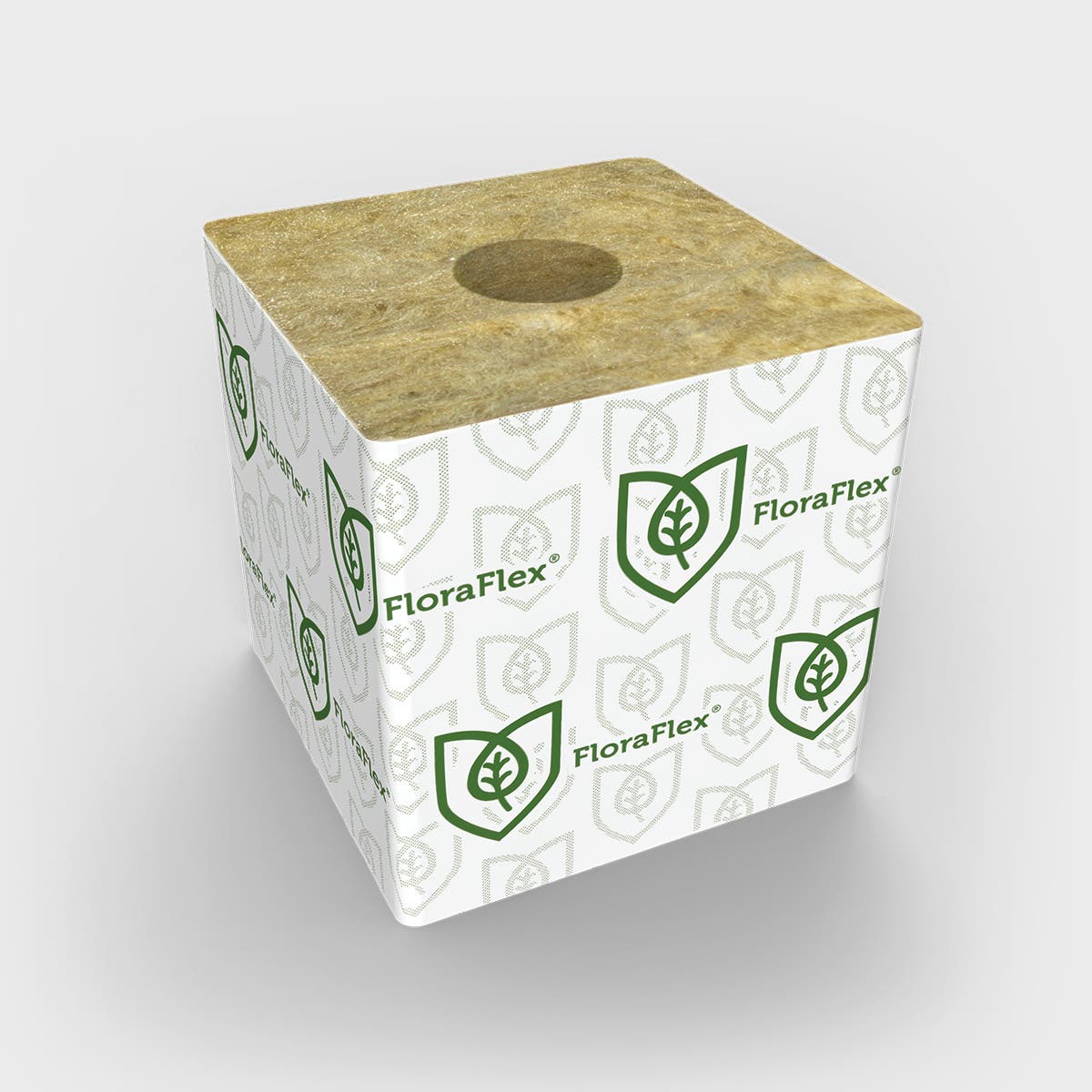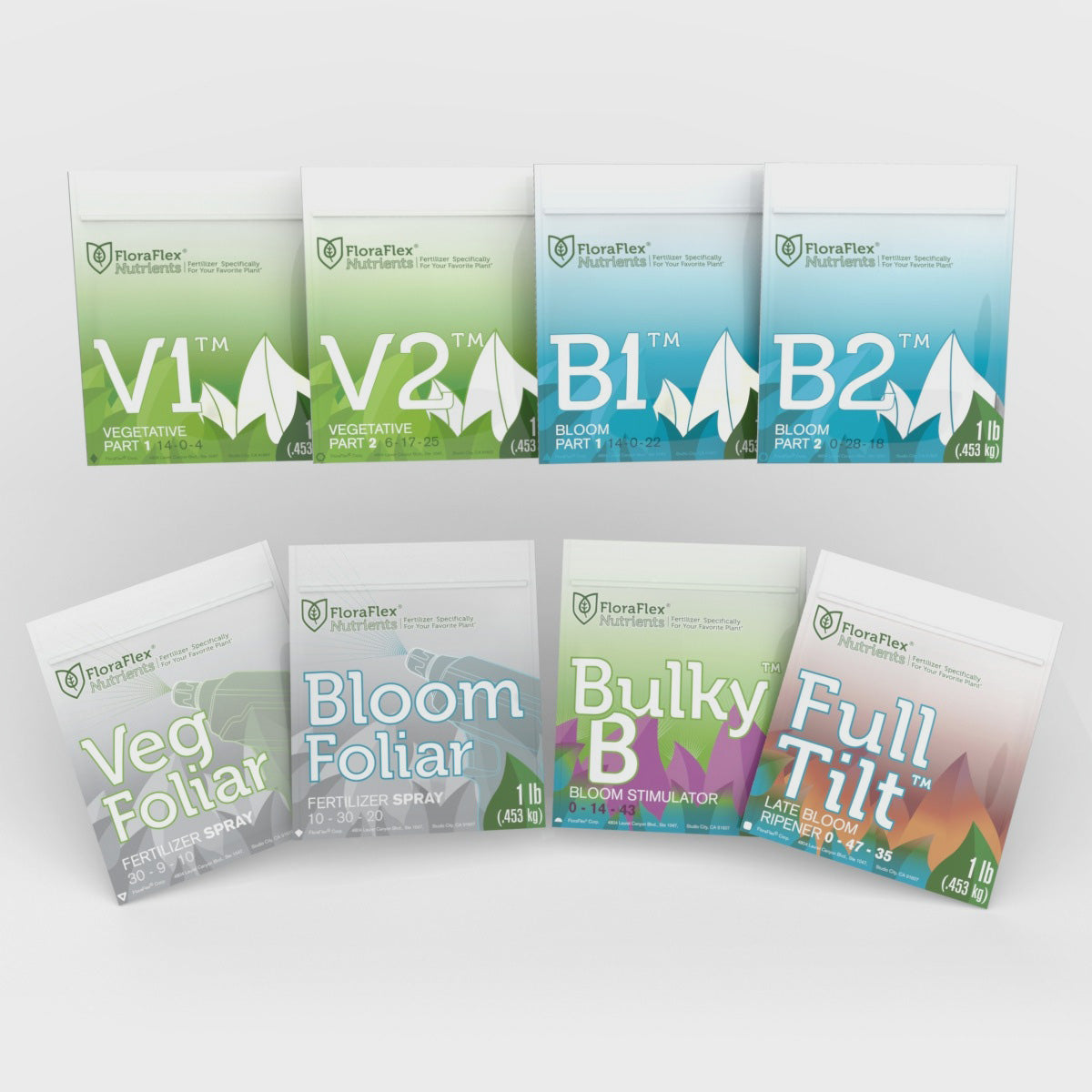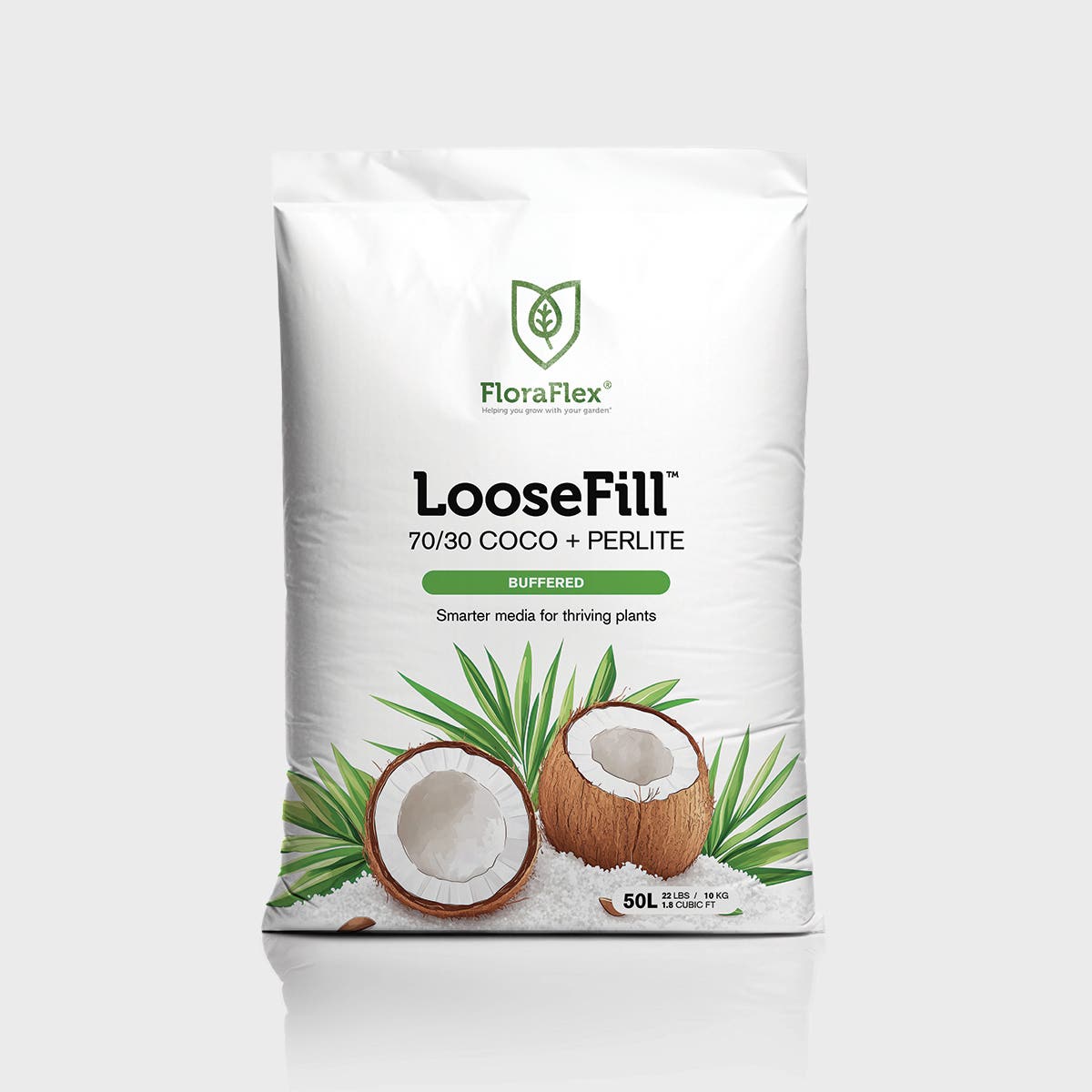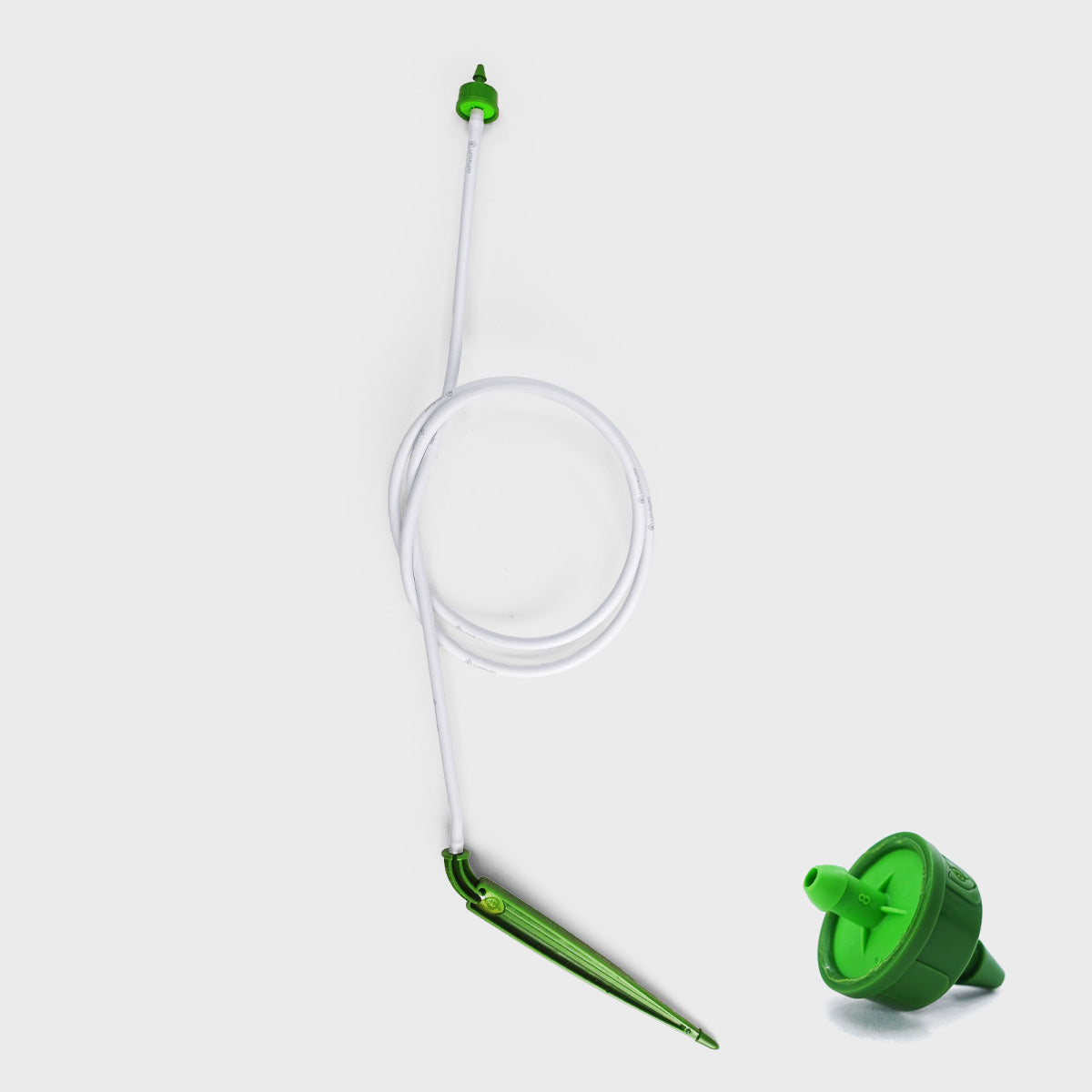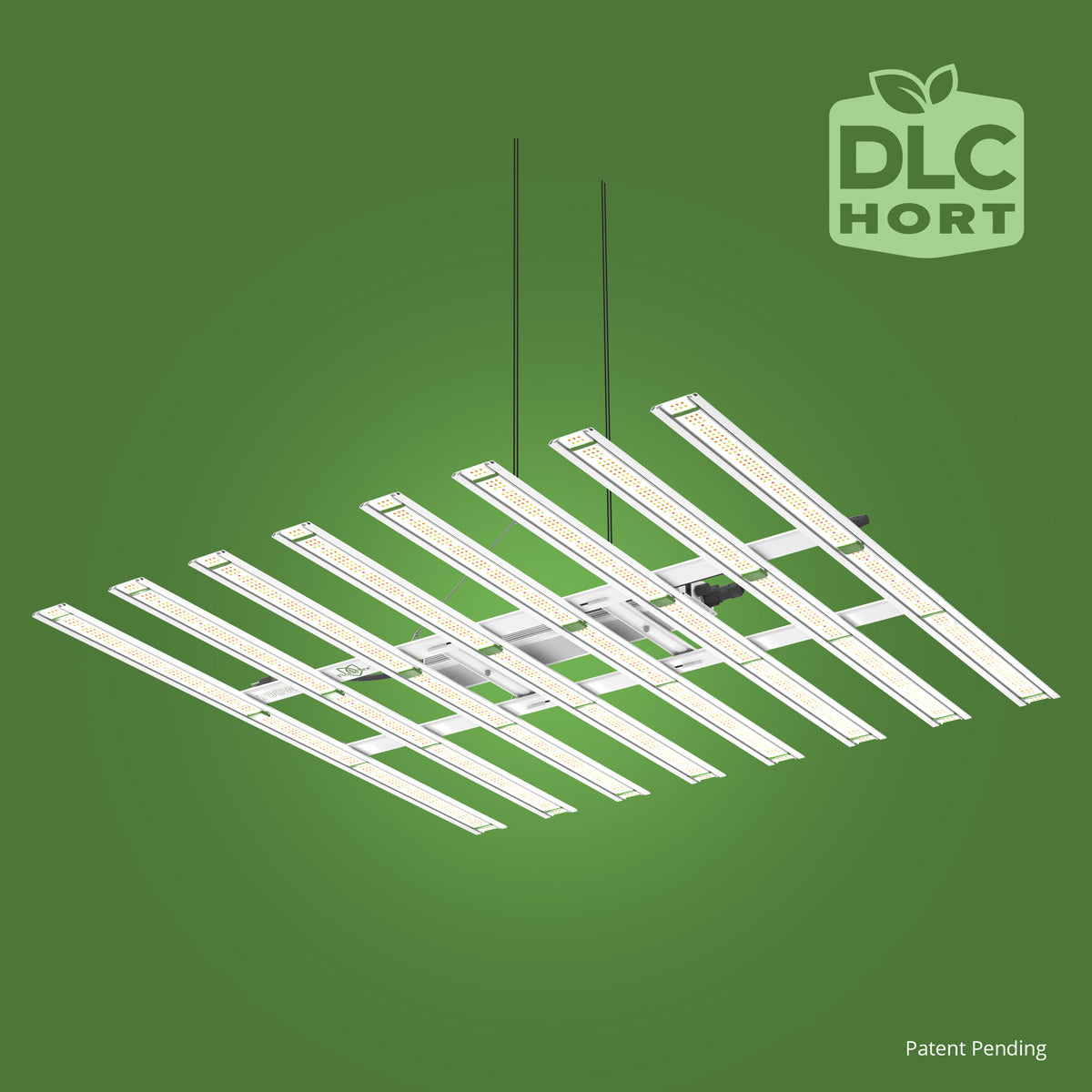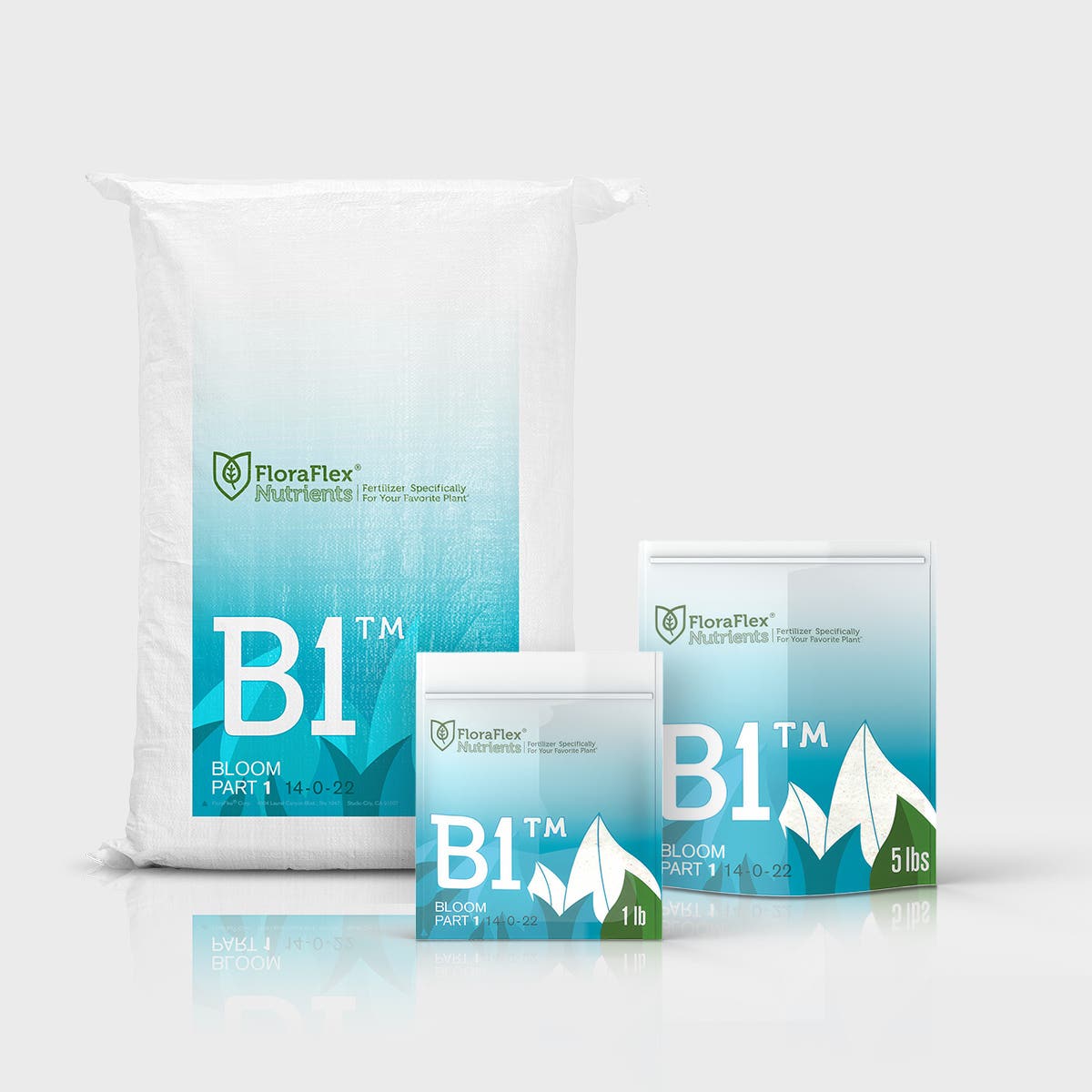The Importance of Pruning
Pruning plays a vital role in the overall health and productivity of your plants. By removing specific branches or stems, you can enhance the plant's structure, promote airflow, and encourage the growth of new shoots. Pruning also helps eliminate diseased or damaged parts, reducing the risk of infections and increasing overall plant vigor. Additionally, proper pruning techniques can optimize light penetration, ensuring that each leaf receives adequate sunlight for photosynthesis.
Benefits of Pruning
Pruning offers numerous benefits that contribute to higher yields. Let's explore some of these advantages in detail:
1. Enhanced Air Circulation:
Pruning allows for better airflow between branches and leaves, preventing the buildup of humidity and reducing the risk of fungal diseases such as powdery mildew.
2. Increased Light Exposure:
By removing excess foliage, pruning opens up the plant canopy, allowing more light to reach lower leaves and encouraging better photosynthesis and fruiting.
3. Better Nutrient Distribution:
Pruning helps redirect the plant's energy towards essential areas, such as fruit production, rather than wasting resources on non-productive branches.
4. Controlled Growth:
By selectively removing branches, you can shape the plant's growth, ensuring it develops in a controlled manner and fits within the available space.
Remember, different plants have varying pruning requirements, so it's crucial to understand the specific needs of each species or variety you're growing.
{{widget type="Magento\Cms\Block\Widget\Block" template="widget/static_block/default.phtml" block_id="799"}}
Training Techniques for Higher Yields
In addition to pruning, employing effective training techniques is key to achieving optimal yields in your garden. Training involves manipulating the plant's growth to encourage specific patterns, such as a compact shape or better support for heavy fruits. Let's explore some popular training methods:
1. Espalier
Espalier is a training technique that involves training a plant against a flat surface, such as a wall or trellis. This method is particularly useful for space-constrained gardens or when growing fruit trees against a structure. By carefully pruning and tying branches, you can create an intricate, fan-like pattern that optimizes sunlight exposure and encourages fruit production.
2. Pruning for Bushy Growth
To promote bushier growth in plants such as tomatoes or peppers, strategic pruning is essential. Pinching off the top growth or side shoots encourages the plant to focus its energy on lateral branching, resulting in a fuller, more productive plant. This technique is particularly effective in indeterminate tomato varieties, where excessive vegetative growth can hinder fruit development.
3. Topping
Topping involves removing the main apical bud or central stem of a plant. This technique redirects the plant's energy to lateral branches, resulting in more even growth and a more abundant yield. Topping is commonly practiced in plants like basil, where a fuller, bushier plant with multiple branching points leads to increased herb production.
4. LST (Low-Stress Training)
Low-Stress Training is a method that involves bending or tying down the branches of a plant to create a more even and productive canopy. By gently manipulating the branches, you can ensure that each bud site receives adequate light, resulting in uniform growth and improved yields. LST is commonly used in cannabis cultivation but can also be applied to other crops.
5. Trellising
Trellising is a technique that involves providing vertical support to climbing or vining plants. By training these plants to grow along a trellis or other support structure, you not only save valuable garden space but also promote better airflow and light exposure. Trellising is especially effective for crops like cucumbers, peas, and beans.
6. Supercropping
Supercropping is a technique used to enhance the yield and structure of plants by intentionally stressing them. By bending or partially breaking the stems, the plant responds by redirecting its resources to the damaged areas, resulting in increased bud sites and denser flower clusters. This technique is commonly employed in cannabis cultivation to maximize yields.

